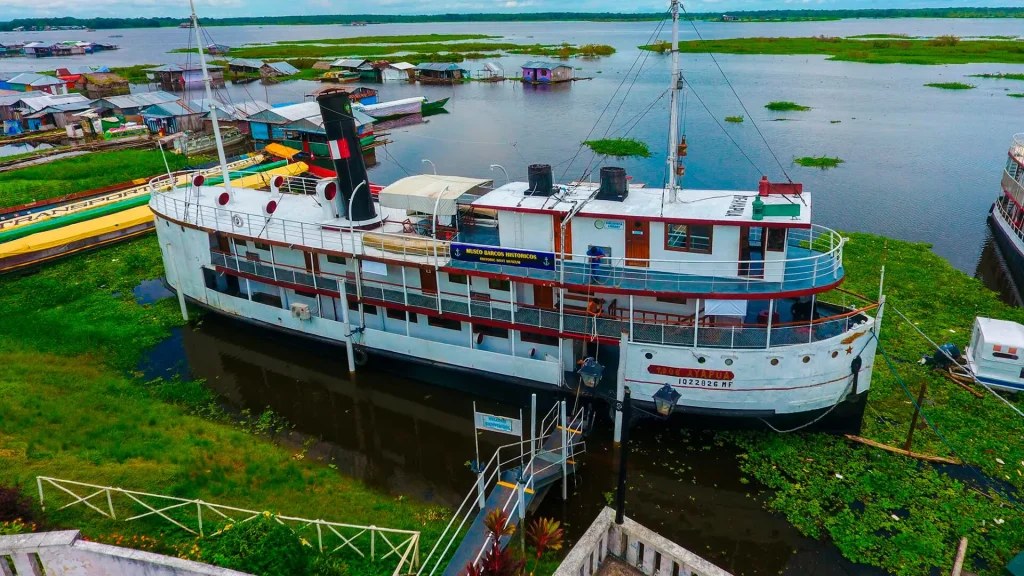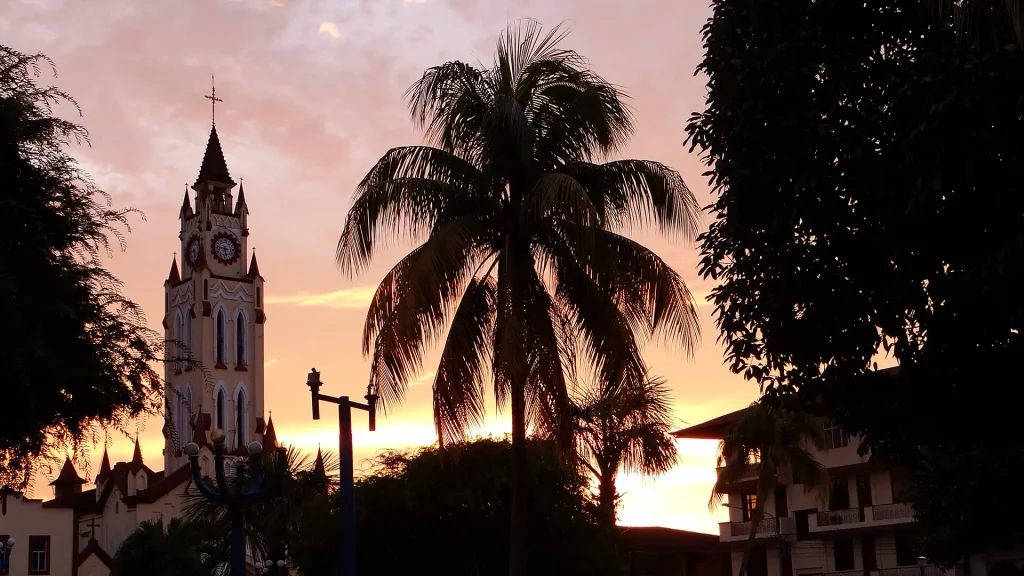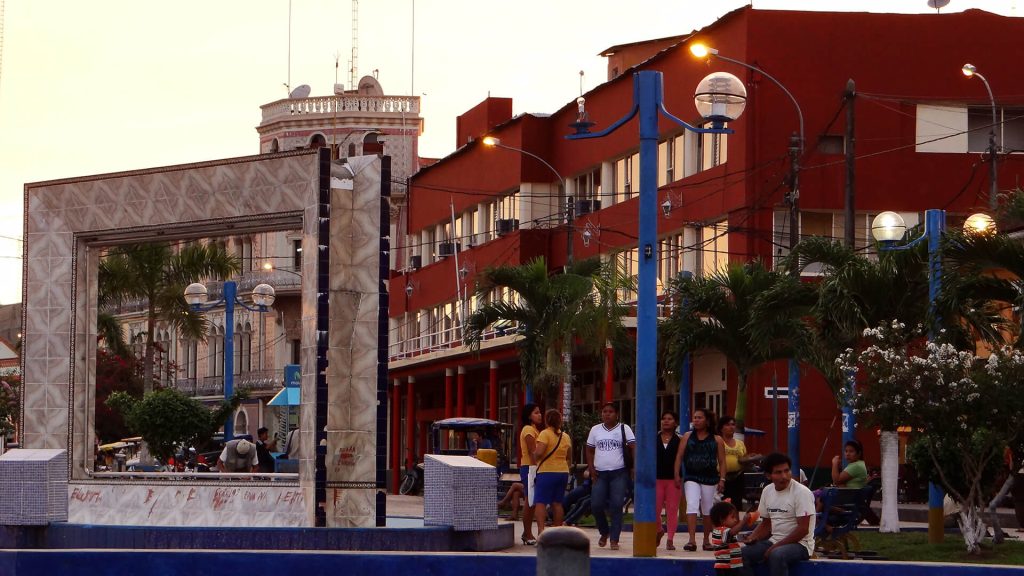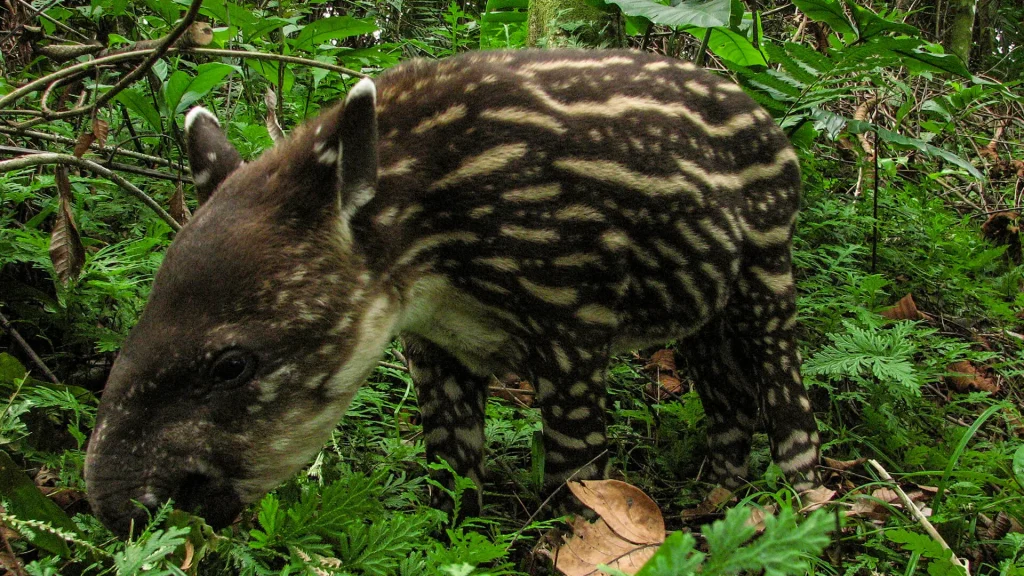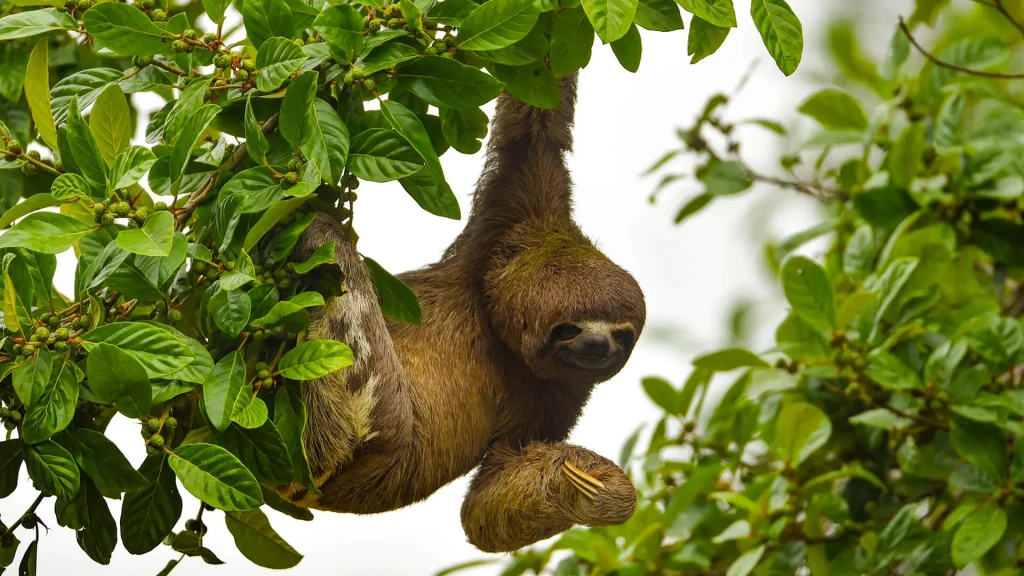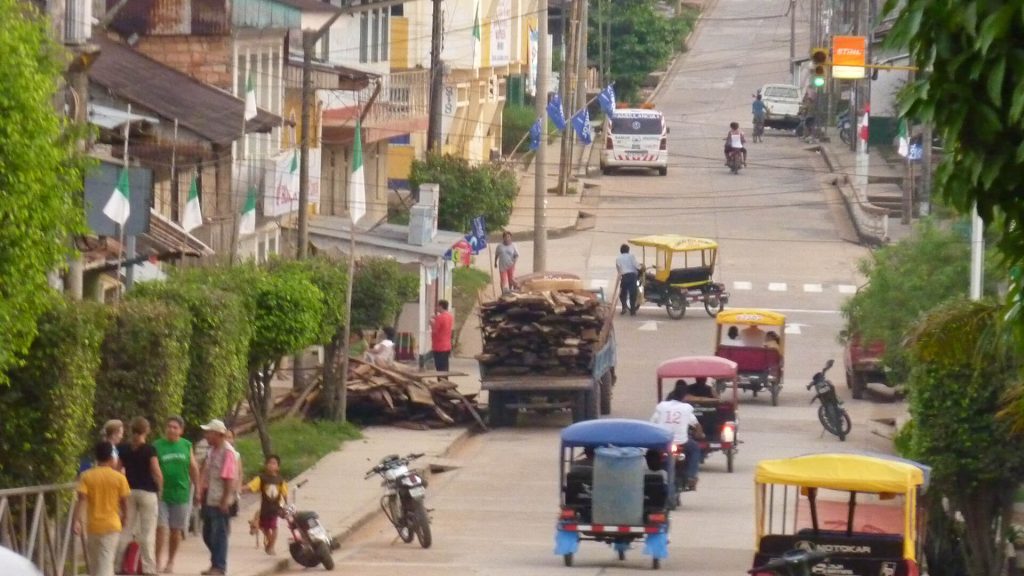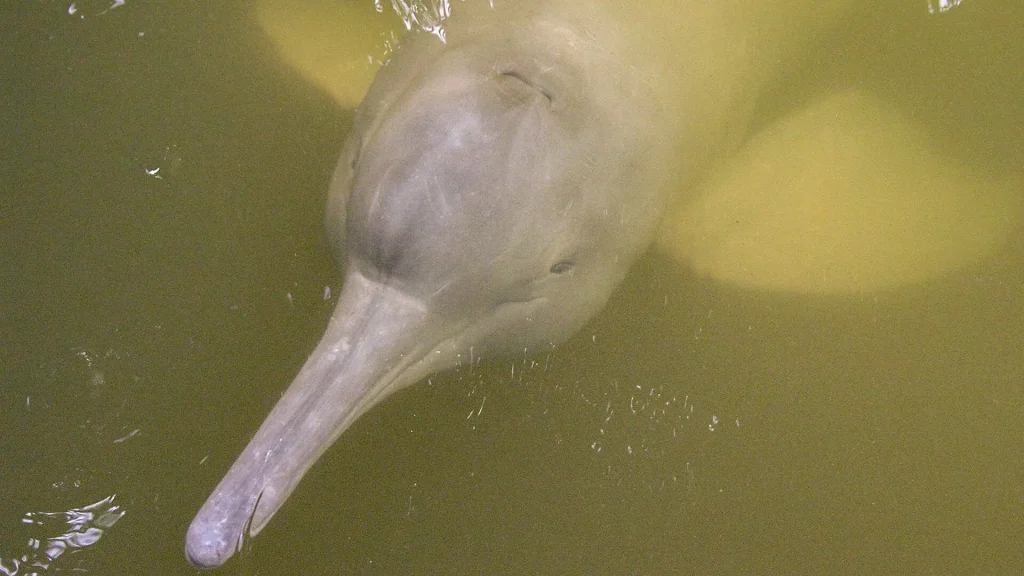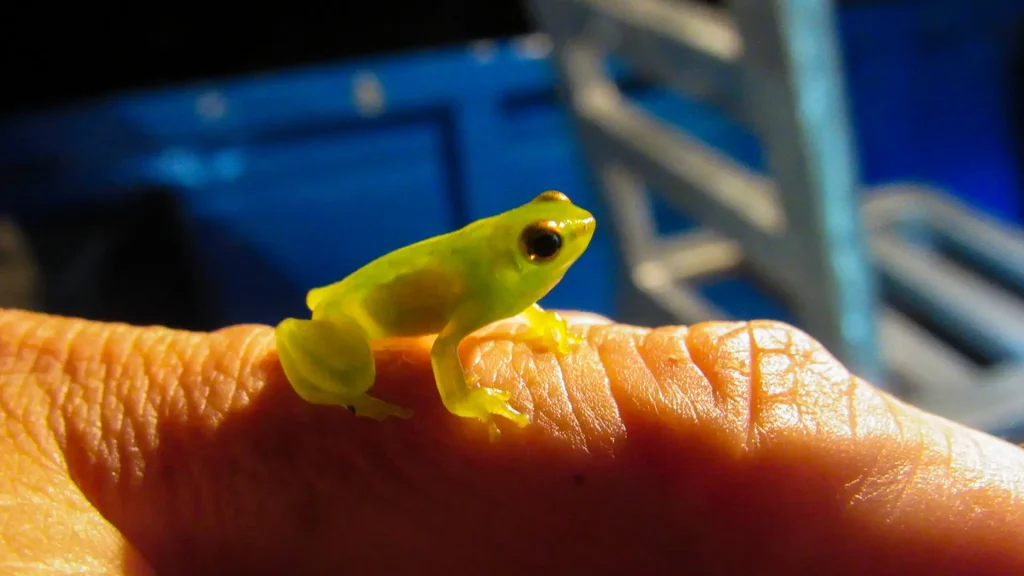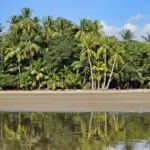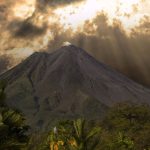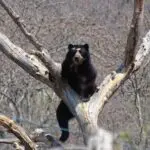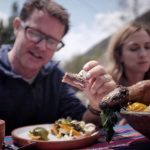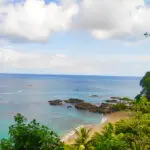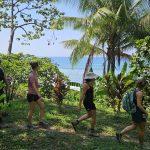When travelers hear that there is a big city in the northern Peruvian jungle that is only reachable by plane or boat (though a boat will take you around three days), they tend to obsess over this hard-to-reach city until they can see it for themselves.
The city is Iquitos and it’s a bit like a South American version of a Southeast Asian city. Swarms of motorcycles, heat, and humidity come together in this place. But at the same time, you can find enigmatic street food options and admire surroundings that can’t be found anywhere else on planet Earth.
This destination’s main draw is that it offers contact with the amazing natural world of the Amazon jungle. But keep your eyes and ears open, as there are other little surprises to be found along the way. You can see exciting architecture dating back hundreds of years, and you’ll want to learn the story of Carlos Fitzcarrald and his steamboat.
Once in the bush or on the water, things get more interesting for wildlife lovers. Keep your eyes peeled for dolphins! There are two species of them in this area: pink and grey.
Don’s miss out on anything
Myriads of birds will be all over the place, and maybe monkeys as well. Always be aware of your surroundings and follow the guidance of your tour leader so that you don’t miss out on anything.
If you are already intrigued about getting to know the magical jungle of Peru, go right ahead and look at all of our Peru Amazon Tours and Activities. Here, you will not only find tours going to Iquitos but also other jungle experiences located closer to Cusco. If you are still overwhelmed by the abundance of possibilities of wildlife tourism, feel free to use our Custom Itineraries Service, and we will be there to tailor-make your unique trip!
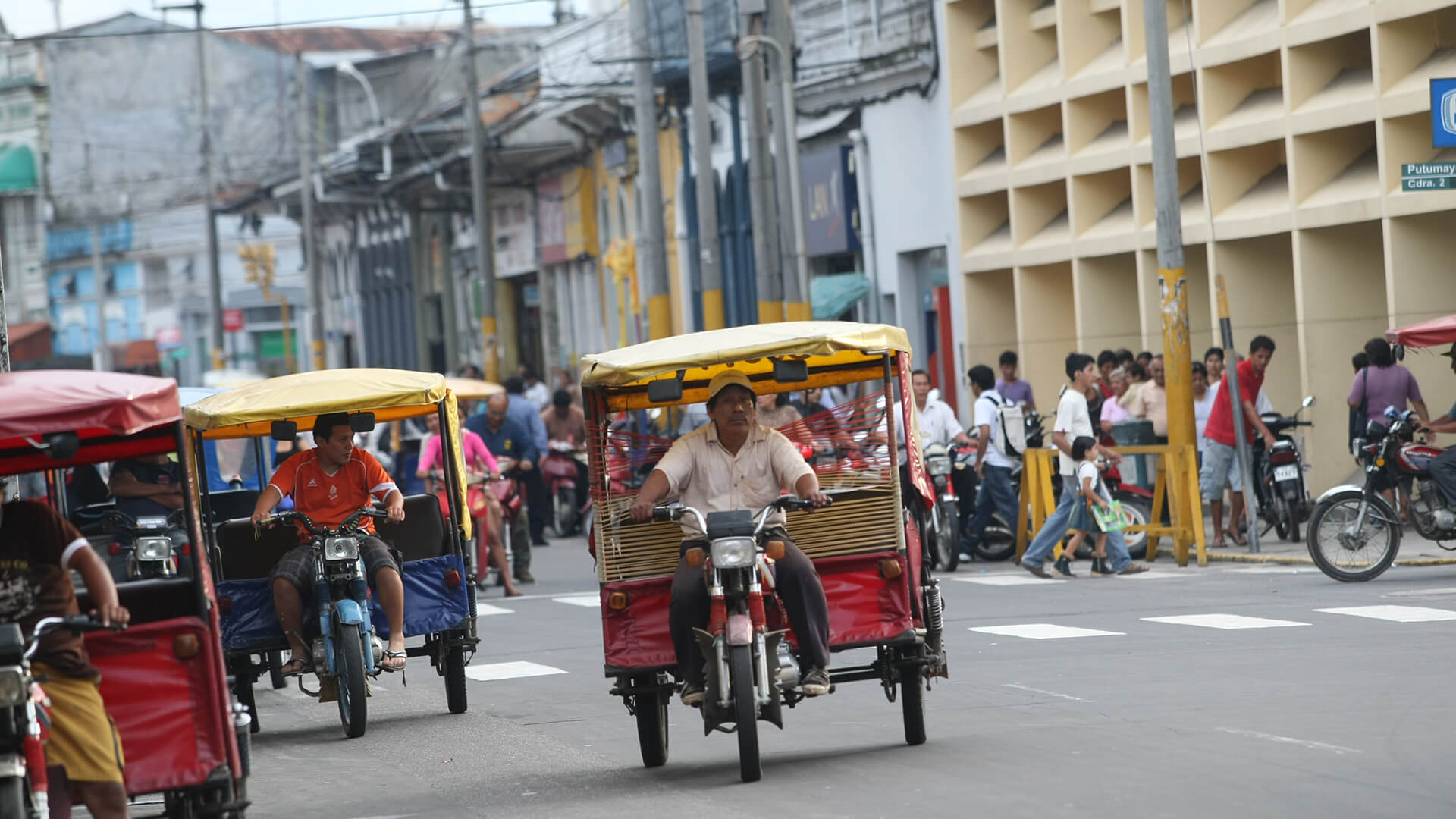
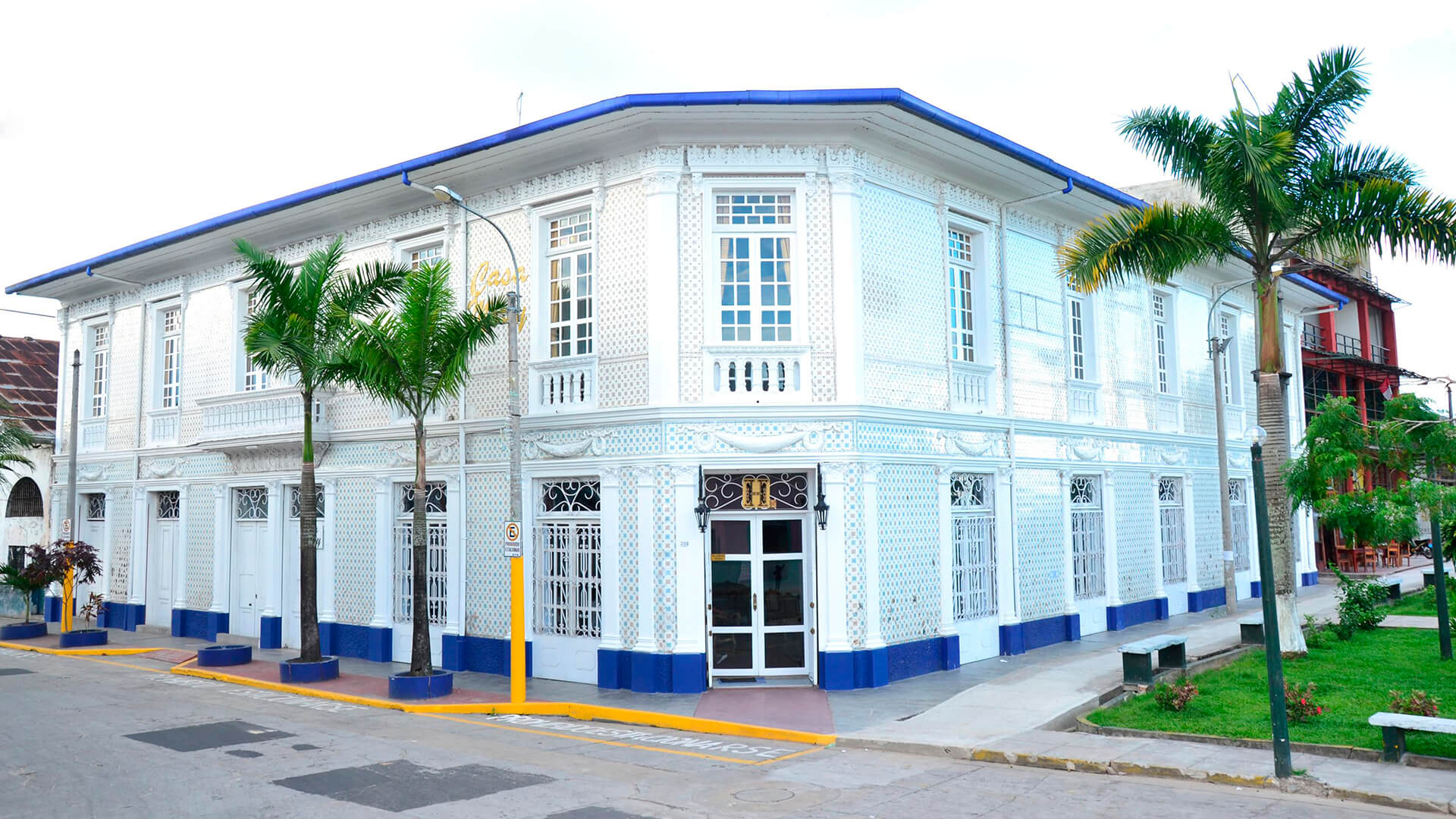
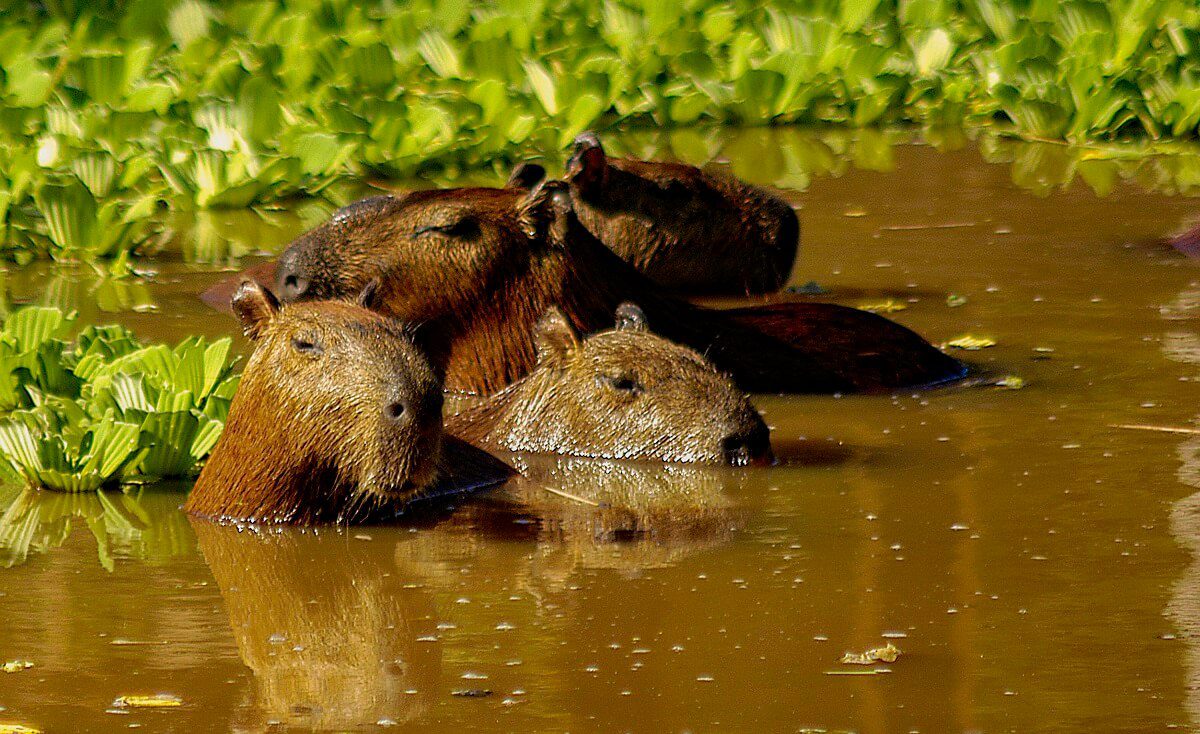
Recommendations for traveling in Iquitos
Journeying the river waters of the Amazon will undoubtedly be a top priority, but don’t neglect to explore the city of Iquitos itself.
When you get to Iquitos, you will be able to see that it is bordered by water. This is not the Amazon river (at least, not yet). Instead, you will see the Nanay river to your west, and the Itaya river is the one flowing through the city’s downtown.
The parts of Iquitos that most people are attracted to are its wonderful chaotic markets (Belen and Nanay), the docks, and the neighborhoods bordering the rivers.
Iquitos provides a cocktail of odd images, a jungle life most foreigners are unfamiliar with. The streets are covered by swarming tricycles and one-of-a-kind wooden-bodywork buses. Blend this with the city’s warm and colorful atmosphere, and you are in for an experience that few places can provide.
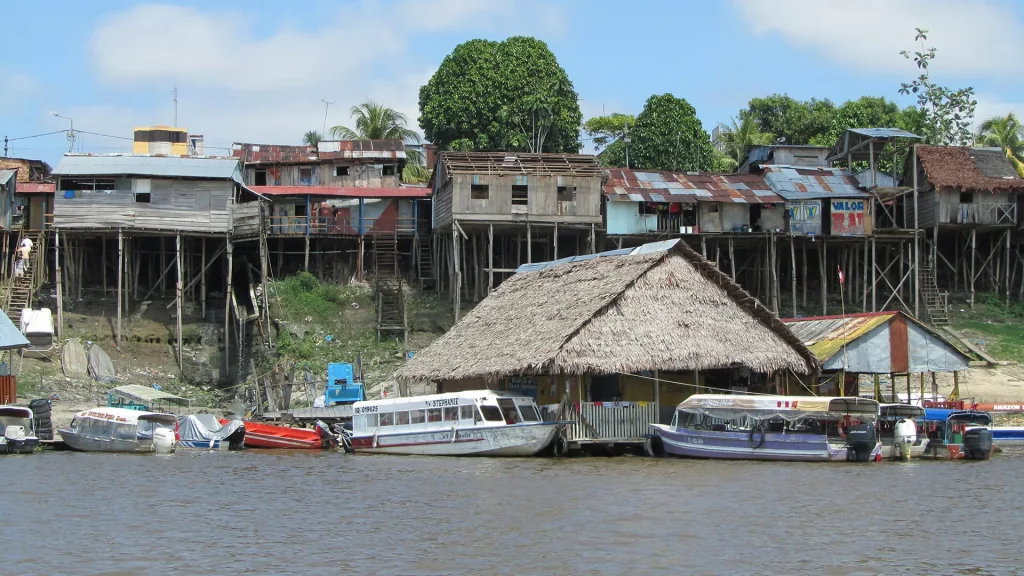
Rubber in Iquitos, Peru
Some of Iquitos’ buildings are evidence of a rich past of rubber production, where the white sap extracted from the trees was as valuable as gold. The Iron House (or Eiffel House), now a restaurant with a great view over the main square, and the opulent and beautifully tiled Morey House, now converted into a spacious boutique hotel, are highlights you shouldn’t miss.
The Iron House was designed in Belgium and first erected there. It was then bought by Peruvian rubber baron Anselmo del Aguila in 1889, before being dismantled and shipped to Peru. Local men had to carry the component parts of the iron building through miles of thick jungle.
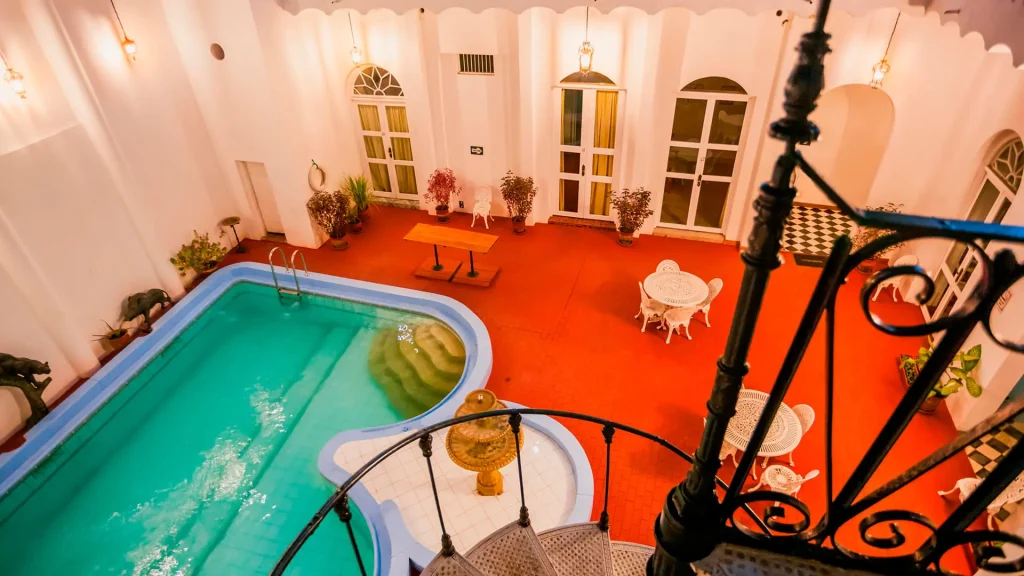
The city museums are few but very interesting in their themes. The Historical Boats Museum and the Museum of Amazonian Indigenous Cultures are both recommended.
Once you’ve walked the city’s streets and got a feel for the local atmosphere, we recommend dining at one of Iquitos’ floating restaurants at the mouth of the Río Itaya.
In downtown Iquitos, the new restaurant Ikiitu is a great option, as well as several places along the boulevard. At night, when it cools down a little, you’ll see the whole city coming together to enjoy the river breeze, street performances, and sweet snacks of all kinds.
Further from the center, you will find zoos and shelters with various types of animals. Unfortunately, only a few of them are really helping the animals. We love to recommend the Centro de Rescate Amazónico (CREA), an accredited organization. Visiting (the right) wildlife rescue centers is a great way to have close contact with animals, contribute to their rehab, and (in the best-case scenario) witness their reintroduction into their natural habitat.
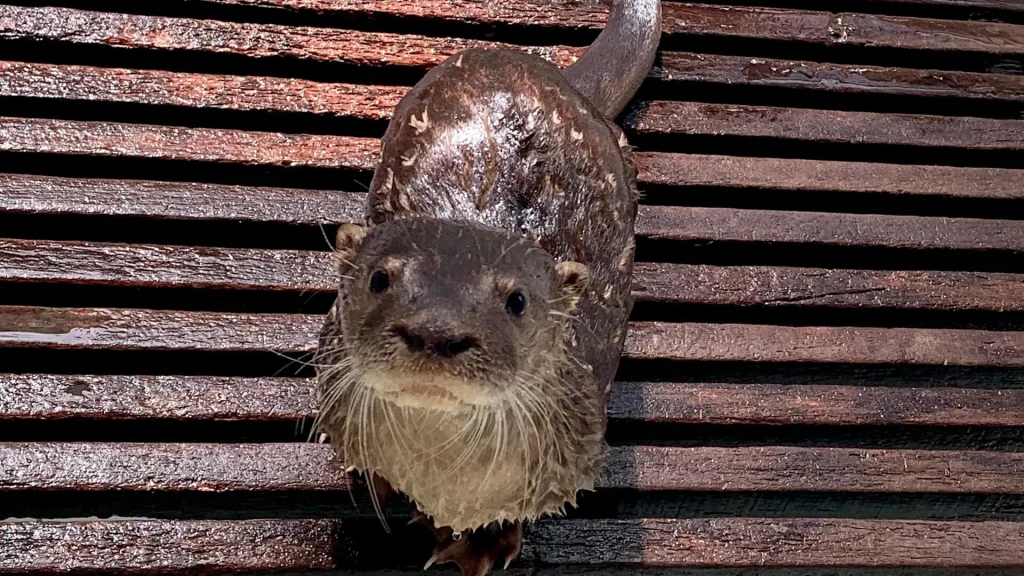
Exploring the Peruvian Amazon from Iquitos
Now that we know a little bit about Iquitos’ urban environment, we can begin our exploration of the jungle.
The Loreto department (the country’s largest), of which Iquitos is the capital, features 23% of its territory under one or another form of protection. The most salient is the Pacaya-Samiria National Reserve, a huge natural area (+2 million ha or 5 million acres) with aboriginal human occupation but also with outstanding biodiversity records. This, in addition to the natural inventory of the other 13 protected areas, makes Loreto a true heaven, from landscape to microhabitat level, great for travelers avid of discovering new ecosystems and species.
When you travel with Impactful Travel on one of our Iquitos Tours, we will lodge you in beautiful accommodations with lots of privacy and amenities. The lodge we recommend is in a style typical for this region and is managed in a very environmentally and socially conscious way.
But, of course, it is the variety of activities around the lodge that makes this place our primary choice.
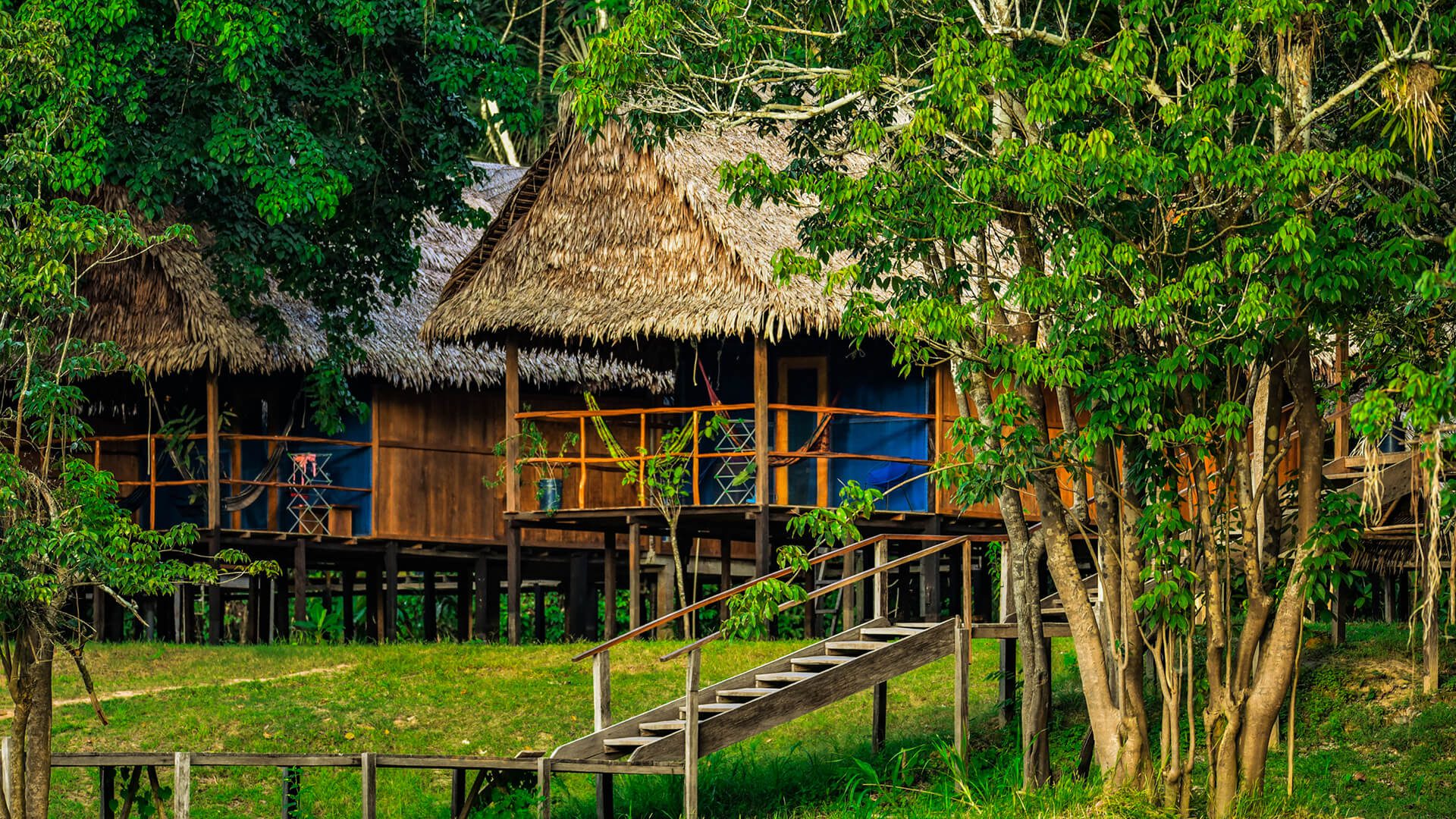
Encounter the wildlife of Iquitos
You will be in the heart of the Tamshiyacu Tahuayo National Reserve, where we can guarantee you’ll get to enjoy pristine natural landscapes.
The environmental commitments of the lodge mean they are stewards of local wildlife. The time when CREA freed two manatees in the river just next to the lodge was an example of this.
The chances of seeing extraordinary animals in their natural habitat are high. There’s an abundance of birds, mammals, and other fantastic animals like caimans. It’s certainly one of the highlights of staying in a place like this.
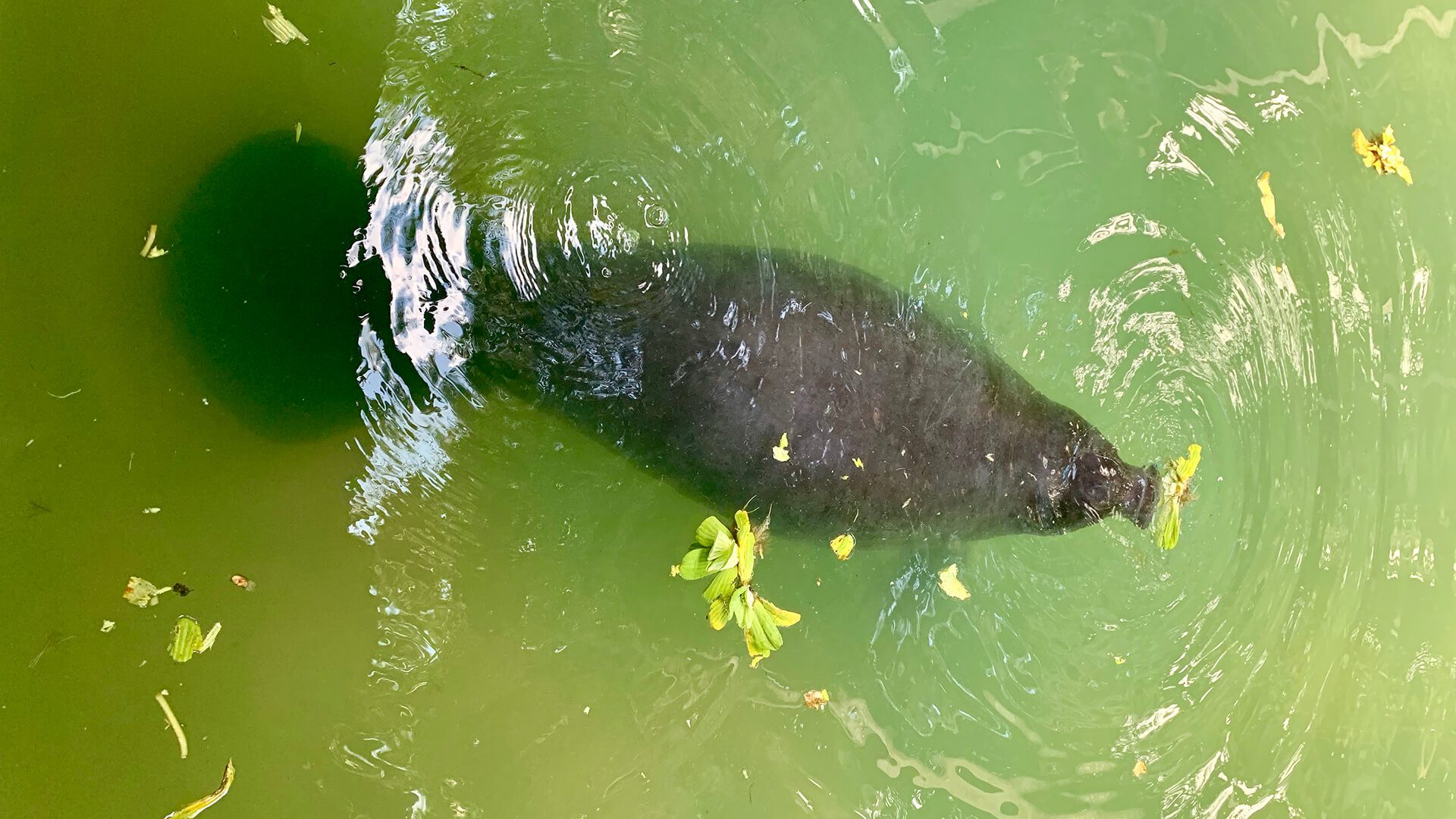
All of the guides are people coming from the same forest. Their knowledge is outstanding, which is especially noticeable when they talk about medicinal and edible plants or during the night excursions when they spot the almost invisible life of the forest.
It is also possible to get in contact with a local community. In our case, it is the Tamshiyacu village that can be visited. It is delightful for children, who can engage and play with the village kids.
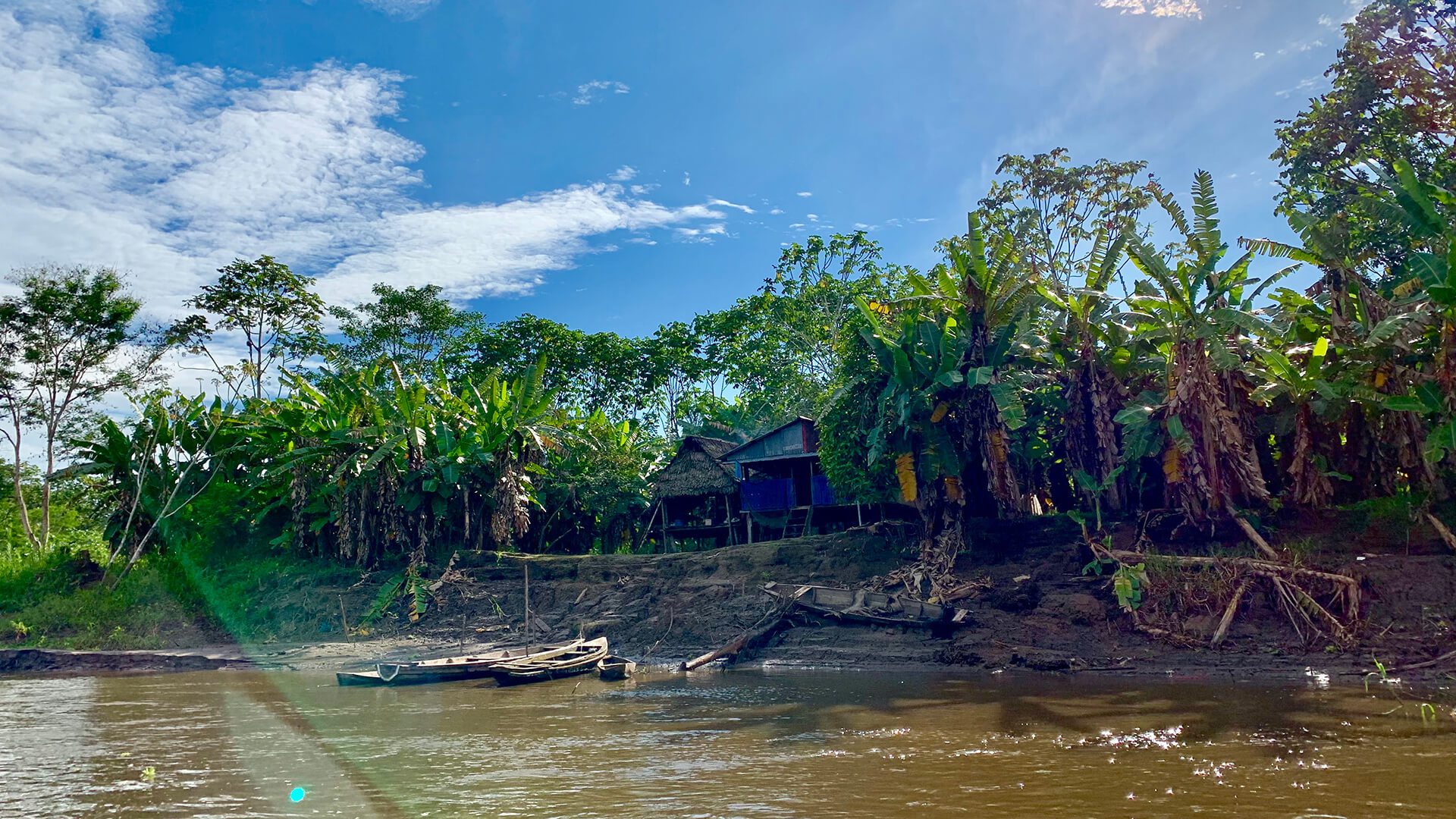
The weather in Iquitos
Concerning the weather and environment, they are the same no matter which jungle destination you want to travel to. So, take a look at our jungle sections in the blogs Best Time To Travel To Peru and What To Pack For Your Trip To Peru to be informed before starting your trip to the jungle.
If, after reading that, you feel prepared enough for your trip, go right ahead and check out some of our Iquitos tours.
The good thing about the Iquitos jungle –being the lowest rainforest in Peru, and even if it is the more prone to flood, it is still a recommended place to visit during the rainy season (unlike Manu and, to a lesser degree, Puerto) when other jungles might be inaccessible.
This apparent contradiction is clarified once you understand that flooding makes it more navigable. If you prefer to get some help to decide what is best for you, please contact our team of travel designers in the Custom Itineraries Section, and we will assist you.
How Iquitos connects to other destinations
Being so isolated and remote, Iquitos is not much connected to other destinations. The most important connections are to Pucallpa by boat and to Lima by plane. There are also daily commercial flights to/from Tarapoto and, in the high season, directly to/from Cusco a few times a week.
Consider the easy way
If you prefer our team of expert travel designers to plan your itinerary for you, consider taking a look at our Custom Itineraries Section. We have more than a decade of experience in tailor-made, unique travel experiences throughout our beautiful country. We’ll take all the work from you, and all that’s left for you to do is look forward to your dream trip.
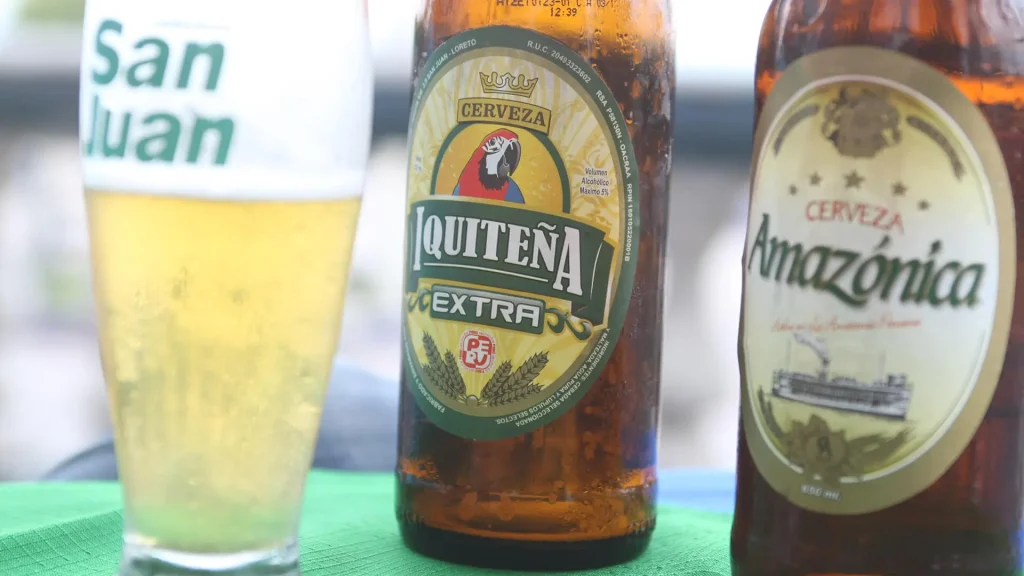
Gallery
